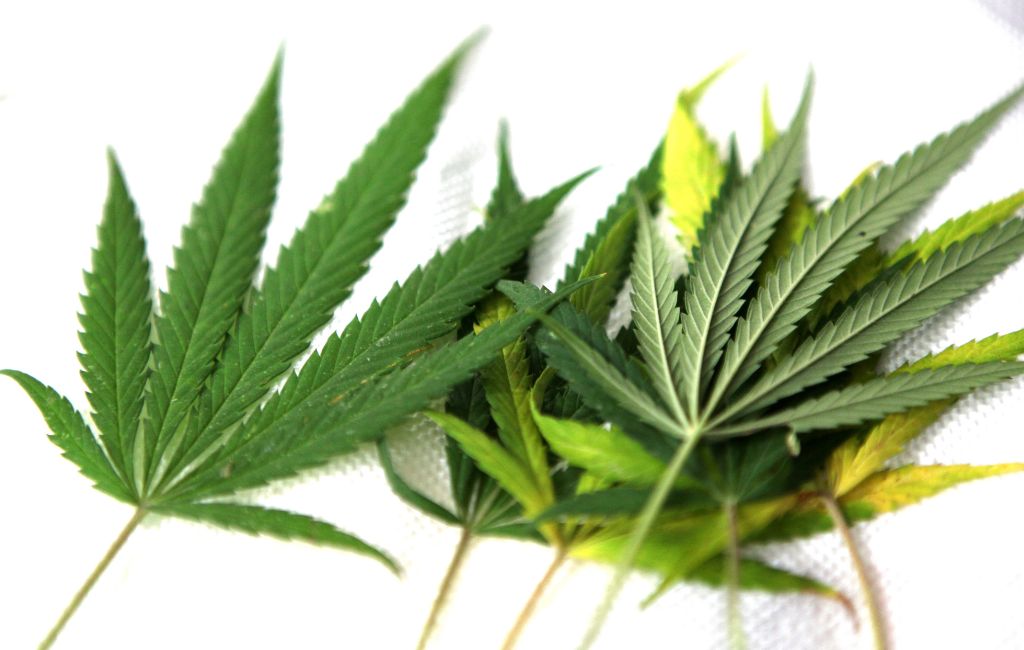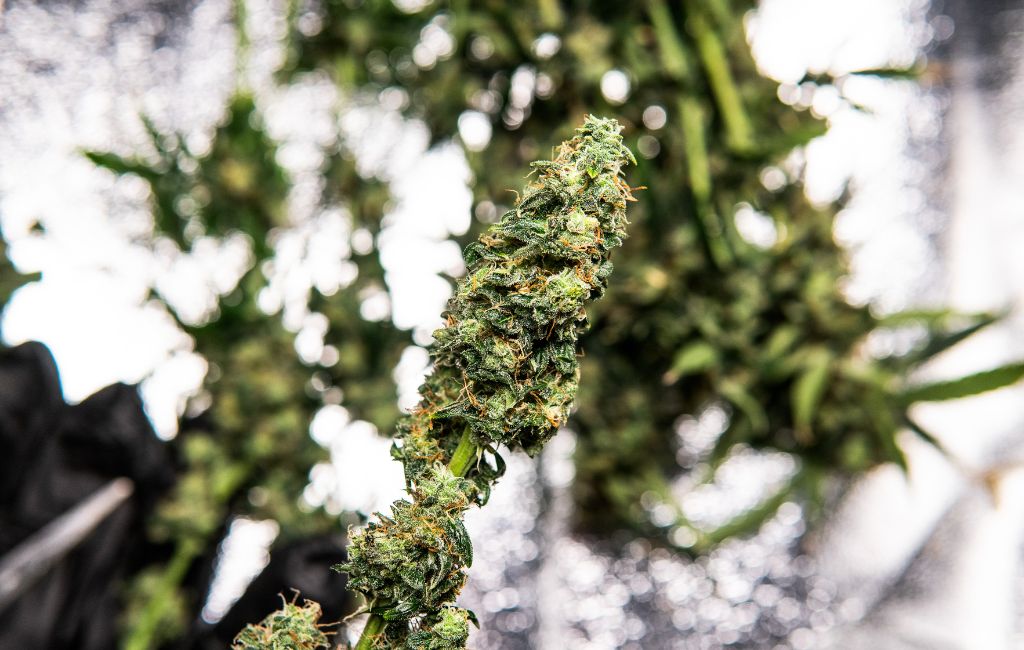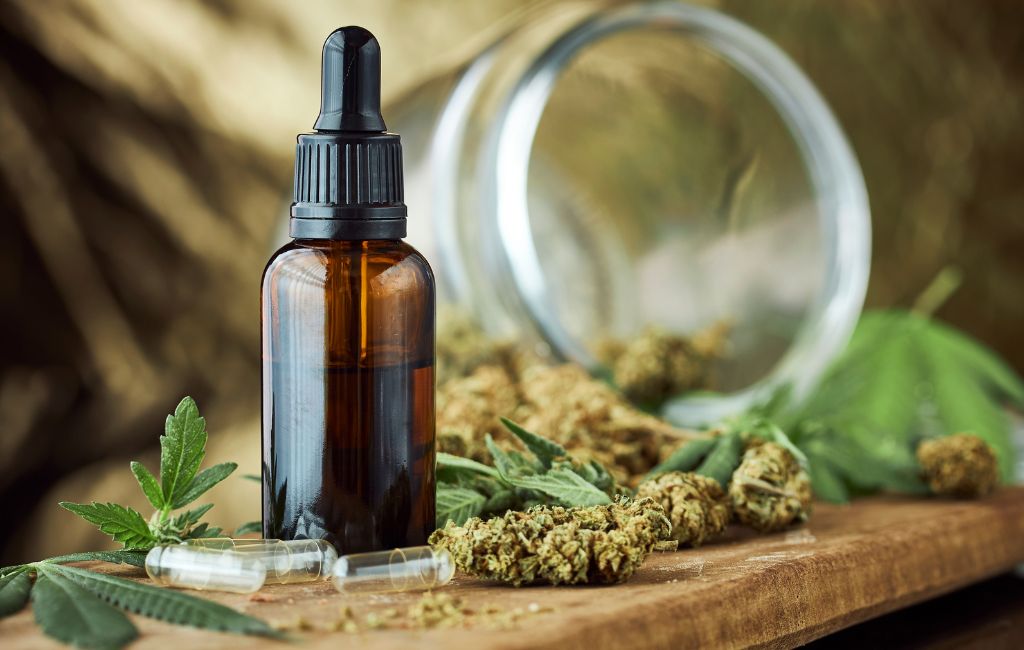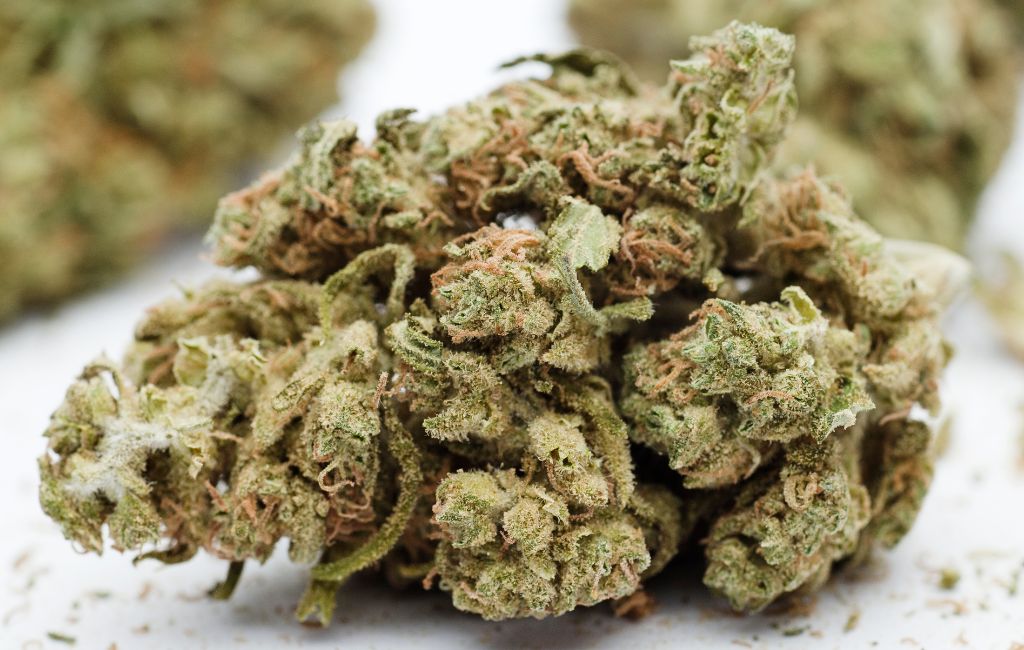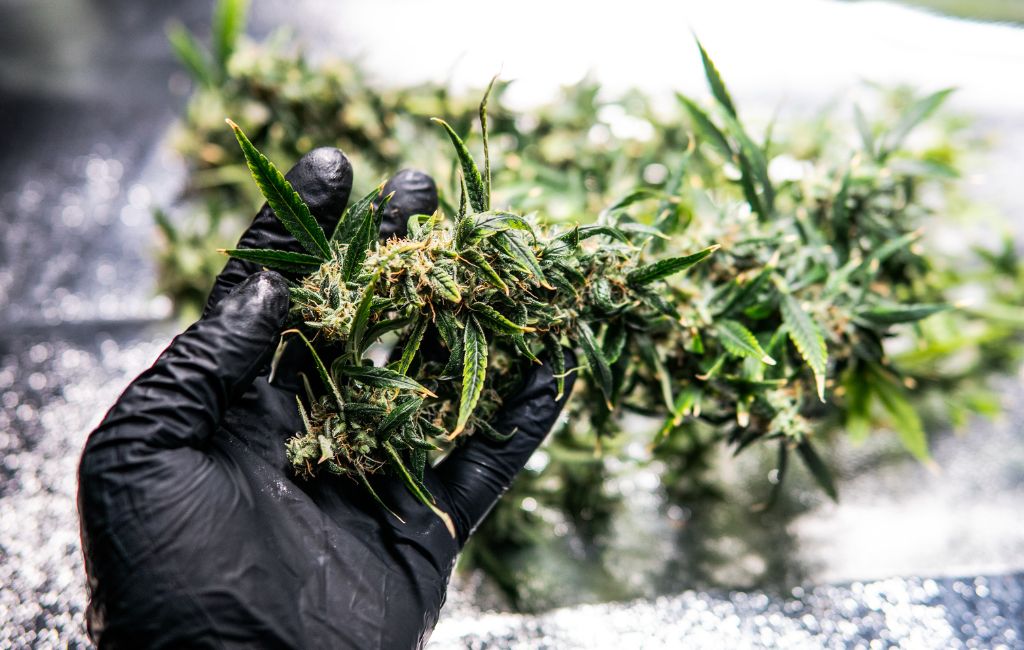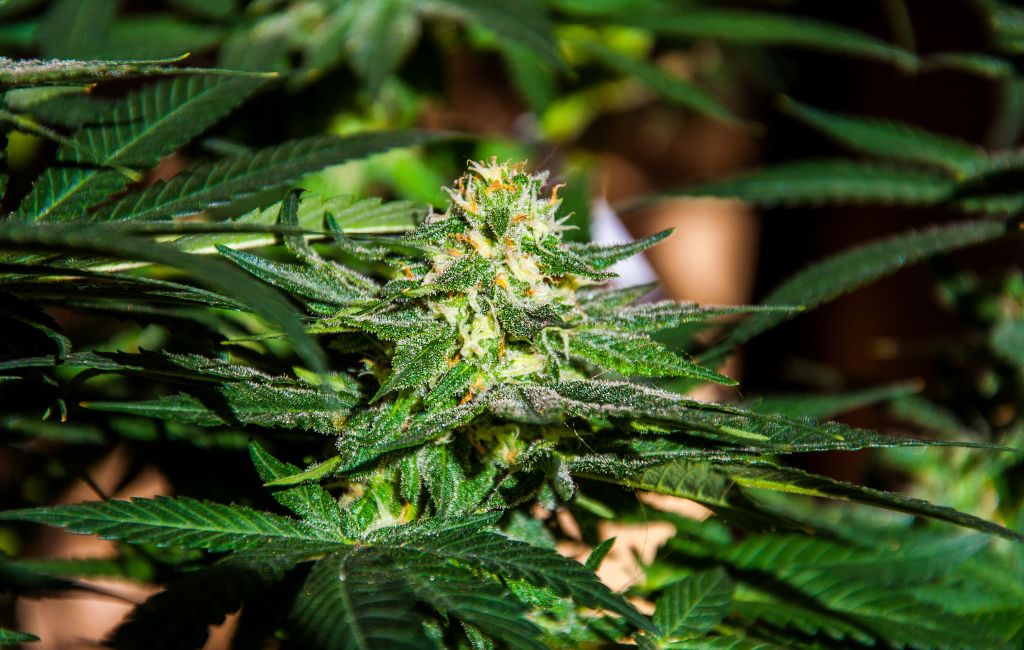Aromatic Terpene-Rich THCa Flower: A Comprehensive Exploration
The world of cannabis is vast and varied, with numerous compounds contributing to its unique properties. Among these, THCa (tetrahydrocannabinolic acid) and terpenes stand out for their potential benefits and aromatic qualities. This article delves into the characteristics of terpene-rich THCa flower, exploring their significance, benefits, and the science behind their appeal.
Understanding THCa
THCa is a non-psychoactive cannabinoid found in raw cannabis plants. Unlike THC, which is known for its psychoactive effects, THCa does not produce a “high.” Instead, it offers a range of potential therapeutic benefits. Research suggests that THCa may have anti-inflammatory, neuroprotective, and anti-emetic properties.
The Decarboxylation Process
THCa converts to THC through a process called decarboxylation, which occurs when cannabis is heated. This transformation is crucial for those seeking the psychoactive effects of cannabis. However, for those interested in the therapeutic benefits without the high, consuming raw or minimally processed cannabis can be beneficial.
The Role of Terpenes
Terpenes are aromatic compounds found in many plants, including cannabis. They are responsible for the distinct scents and flavors of different cannabis strains. Beyond their aromatic qualities, terpenes play a significant role in the plant’s therapeutic effects.
Common Terpenes in Cannabis
- Myrcene: Known for its earthy aroma, myrcene is believed to have sedative and muscle-relaxing properties.
- Limonene: With a citrusy scent, limonene is thought to elevate mood and provide stress relief.
- Pinene: This terpene has a pine-like aroma and may offer anti-inflammatory benefits.
- Linalool: Known for its floral scent, linalool is associated with relaxation and anxiety reduction.
- Caryophyllene: Spicy and peppery, caryophyllene may have anti-inflammatory and analgesic effects.
The Synergy of THCa and Terpenes
The combination of THCa and terpenes creates a unique synergy known as the “entourage effect.” This phenomenon suggests that the compounds in cannabis work together to enhance each other’s effects. For instance, terpenes may influence how cannabinoids like THCa interact with the body’s endocannabinoid system, potentially amplifying their therapeutic benefits.
Benefits of Terpene-Rich THCa Flower
Therapeutic Potential
The therapeutic potential of terpene-rich THCa flowers is vast. Some potential benefits include:
- Anti-Inflammatory Effects: Both THCa and certain terpenes, such as caryophyllene, have shown promise in reducing inflammation.
- Neuroprotective Properties: Research indicates that THCa may protect brain cells, which could be beneficial for neurodegenerative diseases.
- Mood Enhancement: Terpenes like limonene and linalool may help improve mood and reduce anxiety.
Non-Psychoactive Consumption
For individuals seeking the benefits of cannabis without the psychoactive effects, THCa flowers offer an appealing option. Consuming raw or minimally processed cannabis allows users to experience the therapeutic properties of THCa and terpenes without the high associated with THC.
Case Studies and Research
Anti-Inflammatory Research
A study published in the “Journal of Pharmacology” explored the anti-inflammatory effects of THCa. The research demonstrated that THCa could reduce inflammation in animal models, suggesting potential applications for conditions like arthritis.
Neuroprotective Studies
Research conducted by the “Neurobiology Institute” examined the neuroprotective properties of THCa. The findings indicated that THCa might protect neurons from damage, offering hope for diseases such as Alzheimer’s and Parkinson’s.
Cultivation and Selection
Choosing the Right Strain
Selecting a terpene-rich THCa flower involves understanding the desired effects and flavors. Some popular strains known for their terpene profiles include:
- Blue Dream: Known for its balanced effects and sweet berry aroma.
- Sour Diesel: Offers an energizing effect with a pungent diesel scent.
- Granddaddy Purple: Recognized for its relaxing properties and grape-like aroma.
Cultivation Practices
Cultivating terpene-rich THCa flowers requires attention to detail. Factors such as soil quality, light exposure, and harvesting techniques can influence the terpene content and overall quality of the flower.
Consumption Methods
Raw Consumption
Consuming raw cannabis allows users to benefit from THCa without converting it to THC. This method involves juicing or adding raw cannabis to smoothies.
Topical Applications
Topical products infused with THCa and terpenes can provide localized relief for pain and inflammation without psychoactive effects.
Tinctures and Oils
Tinctures and oils offer a convenient way to consume THCa and terpenes. These products can be taken sublingually or added to food and beverages.
Conclusion
The exploration of aromatic terpene-rich THCa flowers reveals a world of potential benefits and unique experiences. From their therapeutic properties to the synergy of the entourage effect, these flowers offer a promising avenue for those seeking the advantages of cannabis without the psychoactive effects. As research continues to uncover the complexities of THCa and terpenes, the future of cannabis holds exciting possibilities for both medical and recreational users.
